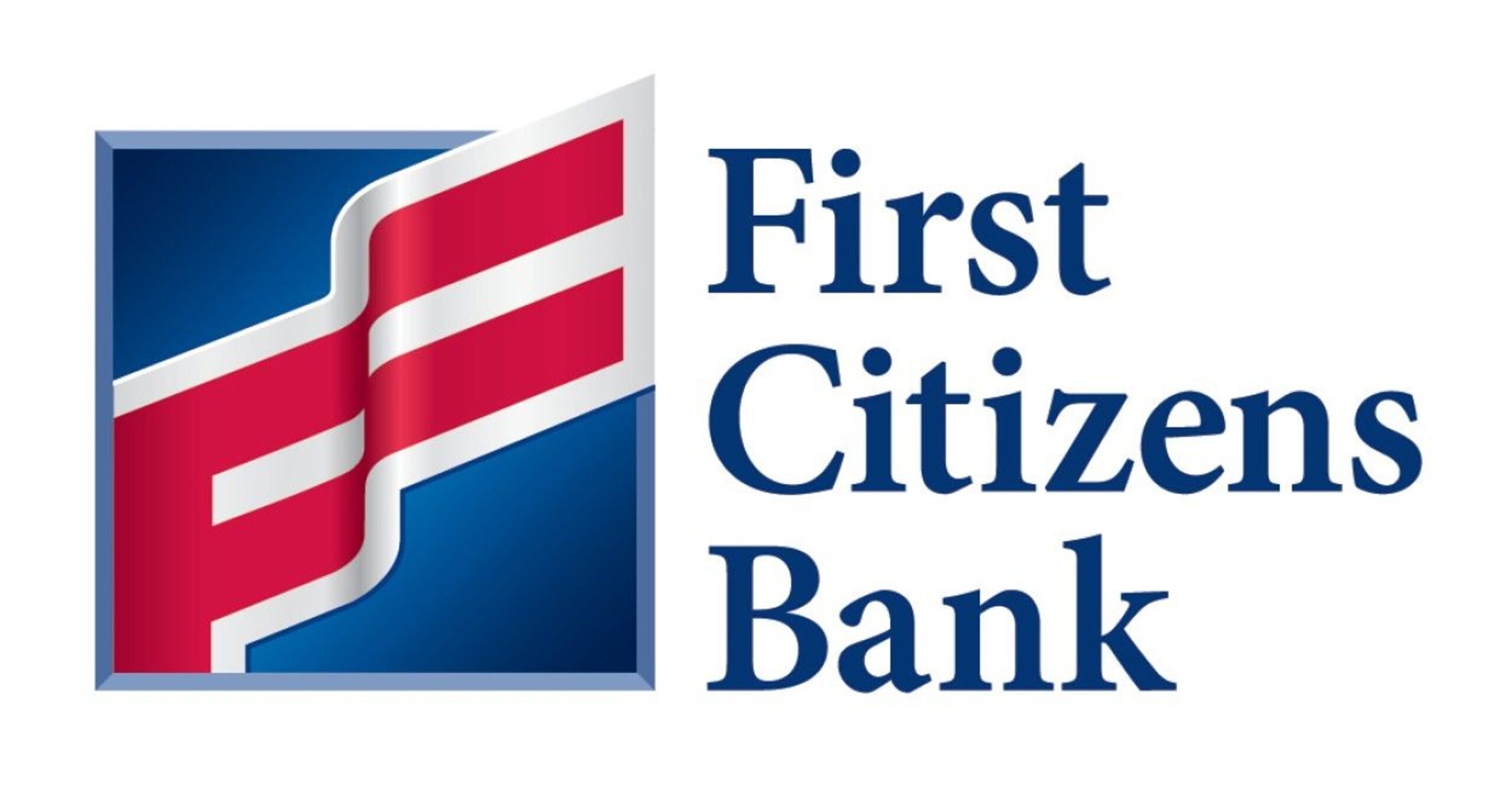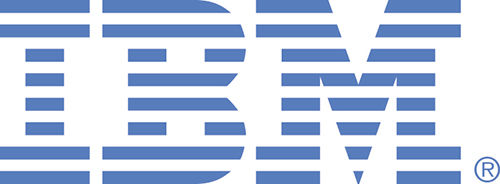GoCary celebrates one year plus of transit signal priority
- April 5, 2024
- Posted by: Joe Milazzo II
- Category: Blog
RTA members and partners,
The first transit signal priority system in the metropolitan Triangle celebrated its one year anniversary earlier this year. GoCary activated Transit Signal Priority (TSP) along the entire route 5, serving the Kildaire Farm corridor, in early 2023.
Overview. Transit Signal Priority makes the green stay longer and come around quicker, for transit buses. It keeps buses on schedule, improves reliability, the transit experience, and confidence in the service. And it has little to no negative impact on congestion; insofar as the improvement in transit service quality attracts more transit riders, it may eventually have a positive one.
TSP is “almost” the remote control that we all wished we had when driving.
Why do I say “almost”? While TSP is active all day, and ready to provide an early or longer green to any transit bus, TSP only works when a bus is running at or behind schedule. If a bus is ahead of schedule, TSP will not activate.
The reason? Unless a bus route is operating at a “show up and go” frequency of around every five minutes or better, such that there is no schedule or timetable, the only thing worse than a bus that is five minutes late would be a bus that is five minutes early. For example: GoCary Route 5 runs every 30 minutes all-day Monday through Saturday, which is an above average frequency for a suburban community. A GoCary bus running five minutes early might sound attractive, but it would result in a patron who arrives at a stop four minutes ahead of timetable having to wait around 35 minutes for the next bus.
Implementation. There are 16 traffic signals along the GoCary route 5 corridor. Cary has implemented TSP at all 16 intersections, and it has been active and working properly for more than one year.
GoCary buses request activations throughout the day. There are more activation requests in the PM peak hour, as you might expect. There are about 200 activation requests on a typical day, with about 40% of those resulting in an extension of green time.
A typical green time extension would be around 10-15 seconds. It can be somewhat longer depending on the current timing plan at the signal, which varies by day and time-of-day. On occasion the green phase will be called early for the Kildaire Farm direction — returning the green to the street serving GoCary route 5 sooner, rather than merely extending the green along Kilaire — although this happens less frequently.
Expansion and innovation options. The entire Cary signal system is capable of utilizing TSP due to equipment in the signal control cabinets at the intersections. It also may be possible to activate TSP via a cloud-based system. Cary is exploring various innovative approaches, and they provide an update on TSP at the upcoming RTA Transit Acceleration Committee meeting on June 17.
Regional TSP. The region’s entire BRT network will be implementing TSP, including New Bern Avenue in Raleigh for North Carolina’s first dedicated BRT corridor, the north-south BRT in Chapel Hill, as well as Holloway Street in Durham for arterial BRT there.
The goal for TSP is to make transit run better, not to make the overall mobility system worse off. Fortunately, that is exactly how TSP operates: transit buses become more reliable, with little to no negative impact on the overall multimodal transportation system.
Win. Kudos to Cary, Raleigh, Durham, and the region.
Let’s get moving,
Joe

























